TL;DR
Most new-construction yards start with compacted clay and rocks; the fastest path to curb appeal is a mix of soil remediation, simple hardscaping design, and low-voltage lighting. Use ReimagineHome.ai to visualize stone paths, raised beds, and privacy structures before you commit materials or budget.
2 sentences summarize the plan: TL;DR
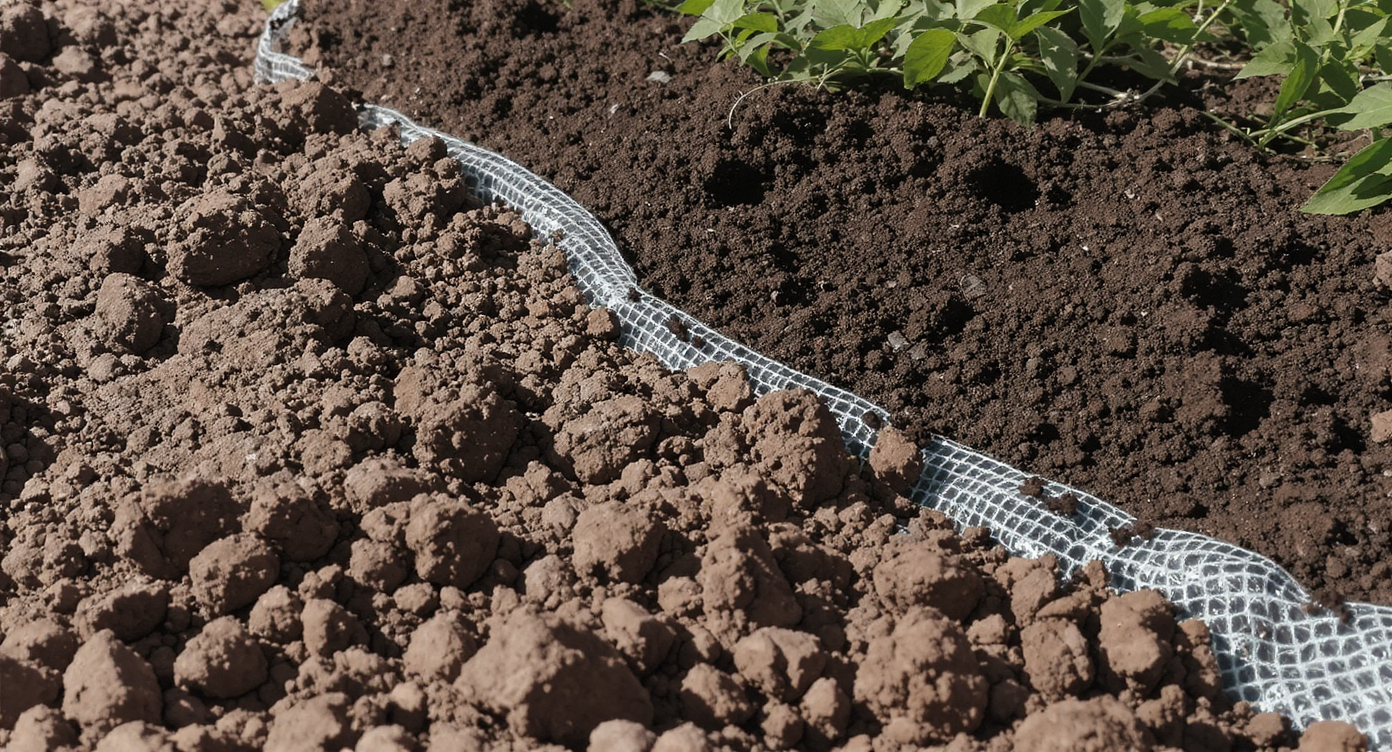
Amend builder’s compacted clay soil with topsoil and geotextile fabric for healthy garden foundations.
Most new-construction landscaping thrives when you pair smart hardscaping design with a few high-impact planting moves. Try your own exterior layout instantly on ReimagineHome.ai: https://www.reimaginehome.ai/?utm_source=blog At a Glance: - Problem: Builder soil is compacted clay with rock; water ponds, roots struggle, weeds thrive. - Fix: Amend selectively, add premium topsoil where it counts, and use geotextile fabric under gravel or stone patio areas. - Fast Wins: Flagstone walkway ideas, concrete edging for crisp front yard design, cedar raised garden beds with open bottoms. - Lighting: Start with solar if budget is tight; upgrade to low-voltage outdoor lighting design at 2700–3000 K for drama and safety. - Privacy: 8 ft trellises, privacy planting, and layered hedges beat lone fence lines. - Budget: DIY backyard makeover under $20k is achievable with staged phases.
80 cubic yards of topsoil can turn concrete-like clay into a garden: Introduction
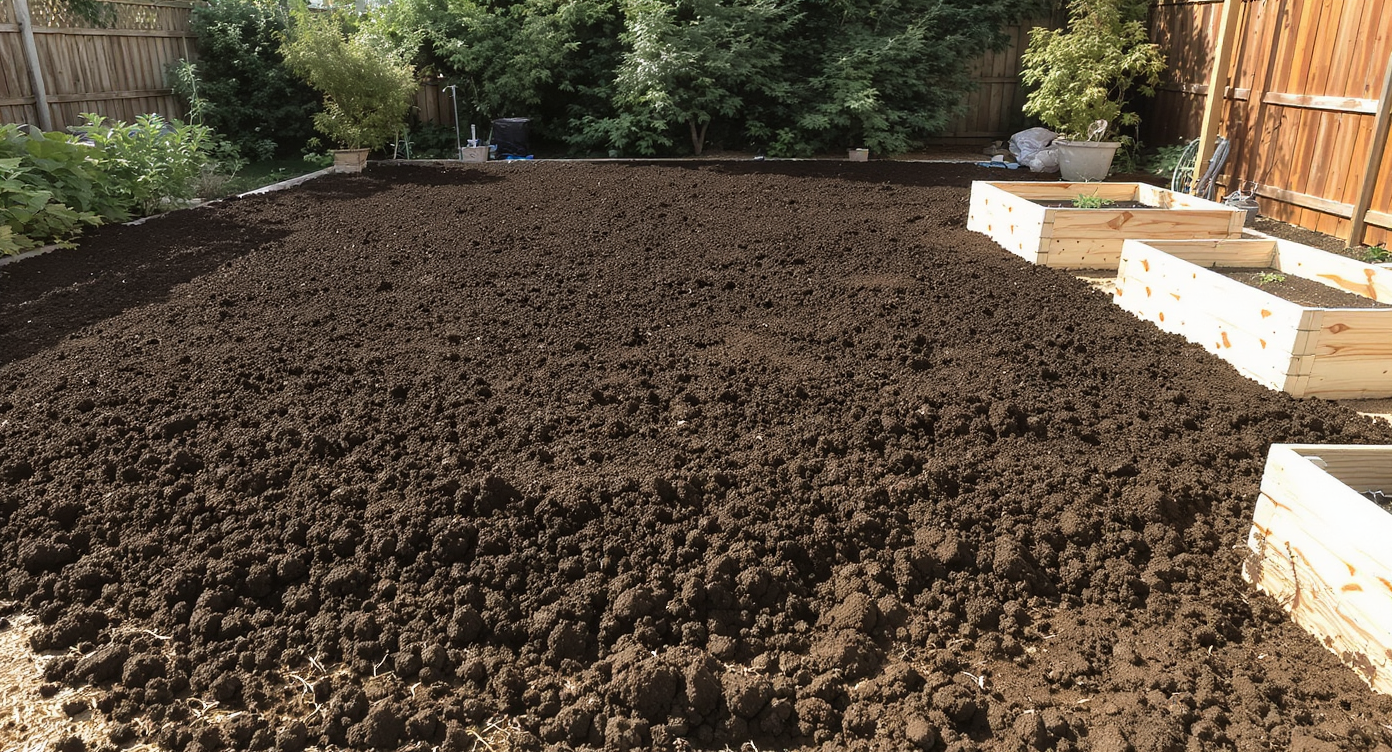
80 cubic yards of topsoil rejuvenate hard clay soil, readying yards for vibrant gardens and planting beds.
New-construction lots often arrive hard as concrete—compacted, rocky, and unforgiving. In one standout DIY yard, 80 yards of premium topsoil layered strategically over clay changed everything: drainage improved, planting took, and the lawn finally rooted. The same project paired a stone pathway set on crushed gravel over geotextile fabric with boulders to hold mulch off the path—classic hardscaping design that looks natural and works. If you’re dealing with clay, think targeted intervention, not blanket replacement. Place topsoil where plants live (beds, lawn zones), and build durability where feet fall (patios, terrace levels, and walkway ideas). Concrete edging—often around $8 per linear foot—adds curb appeal while protecting bed geometry from mower creep. And when you’re mapping it all, ReimagineHome.ai lets you visualize landscaping ideas, front yard design, and garden design layouts before you rent a skid steer or lift a shovel.
Anecdote
A homeowner in a high-desert valley spent two summers reshaping a blank lot: flagstone paths over geotextile and gravel, cedar raised beds filled with a custom soil blend, and a rough-cedar trellis planted with climbing roses. They did most of it themselves, hiring out only the continuous concrete edging—proof that sweat equity can deliver a tailored outdoor room under $20k.
50–70% of low‑maintenance yard budgets go to hardscaping: Why Landscaping & Hardscaping Are Changing
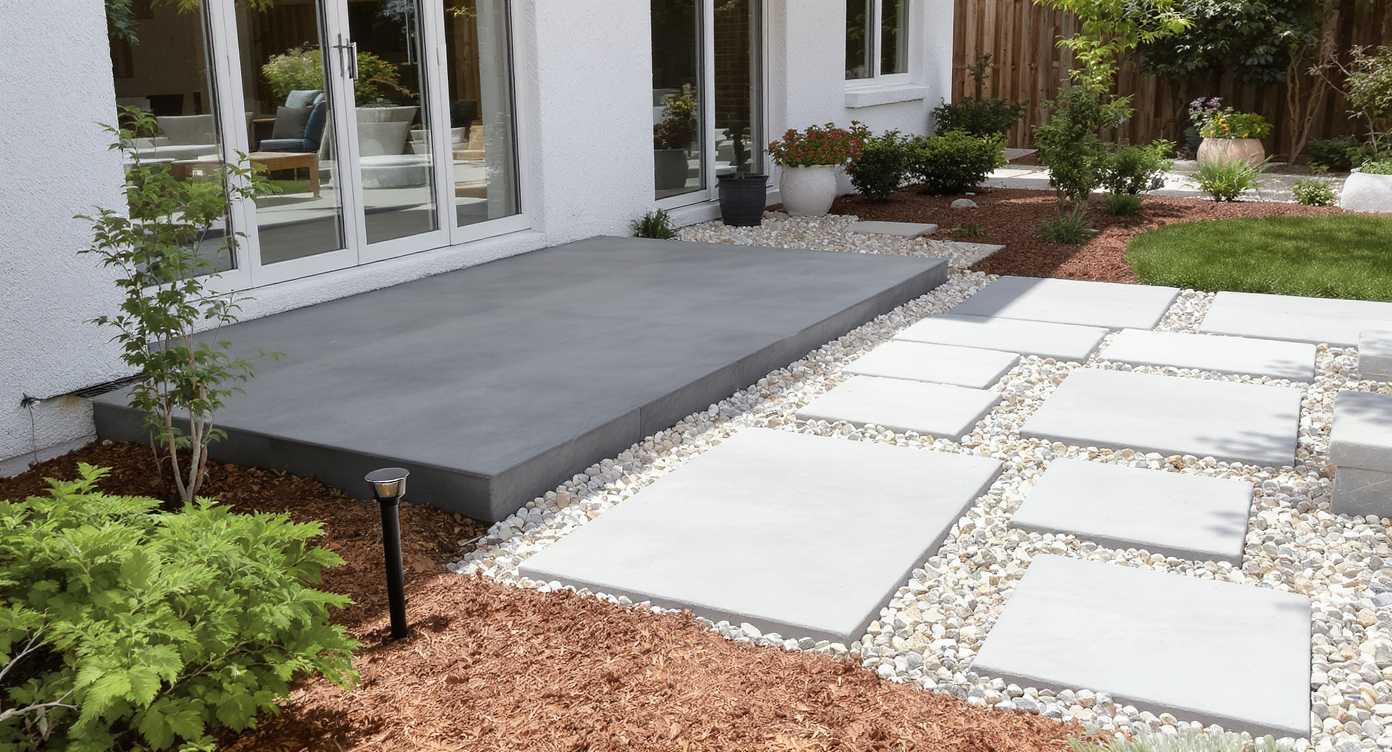
Hardscaping, including patios and paths, consumes over half of low-maintenance yard budgets for lasting impact.
Hardscape elements do the heavy lifting for low maintenance: paths, patios, steps, edging, and drainage. Because they consume the majority of a durable landscape budget, it pays to pre-visualize the geometry, materials, and lighting. Think stone patio vs. decomposed granite, flagstone seating nodes vs. straight-run pavers, and where a fire pit might go without fighting wind or codes. Culturally, outdoor living is no longer seasonal—people want morning-coffee strolls and evening ambiance. That means better outdoor lighting, safer path widths, and privacy structures that make small spaces feel generous. ReimagineHome.ai gives you rapid A/B design: swap a curved flagstone walk for rectilinear pavers, test boulder placement, or push a trellis from 6 ft to 8 ft to see how views and shadows change—before you buy a single stone.
5 trends define new‑construction yard design in dry climates: Key Trends

Five trends shape dry climate yards: wide paths, privacy trellises, raised beds, and ambient low-voltage lighting.
1) 36–48 inches is the ideal width for primary garden paths: Key Trends - Comfort-first walkway design: Most landscape designers recommend 36–48 inches for primary routes so two people can pass; 30–36 inches works for side yards. In ReimagineHome.ai, widen or soften curves to preview flow and stroller clearance. 2) 2700–3000 K color temperature flatters plants and stone: Outdoor Lighting - Start with solar if you must, but plan for low-voltage lighting to highlight trees, trellises, and stone. Fewer, better fixtures create depth; alternate sides instead of lining both edges. 3) 8 ft trellises block common second-story sightlines: Privacy Structures - A rough-cedar trellis set 24 inches into the ground supports climbing roses or vines and screens patios gracefully. Pair with privacy planting like ornamental grasses for movement and sound. 4) 10 inches of woody fill jumpstarts raised beds: Soil Strategy - Open-bottom cedar beds lined with geotextile can sit on gravel. A base of logs plus topsoil, compost, lava fines, worm castings, mycorrhizae, and perlite creates airy, water-wise growing media. 5) 25–40% turf reduction lowers water use in arid regions: Xeriscape-Informed Design - Swap perimeter lawn for native or climate-adapted planting, gravel bands, and stone steppers. See our curb appeal checklist for dry climates: https://www.reimaginehome.ai/blogs/curb-appeal-checklist-dry-climates?utm_source=blog
10 minutes is enough to test a backyard makeover in ReimagineHome.ai: How to Use ReimagineHome.ai
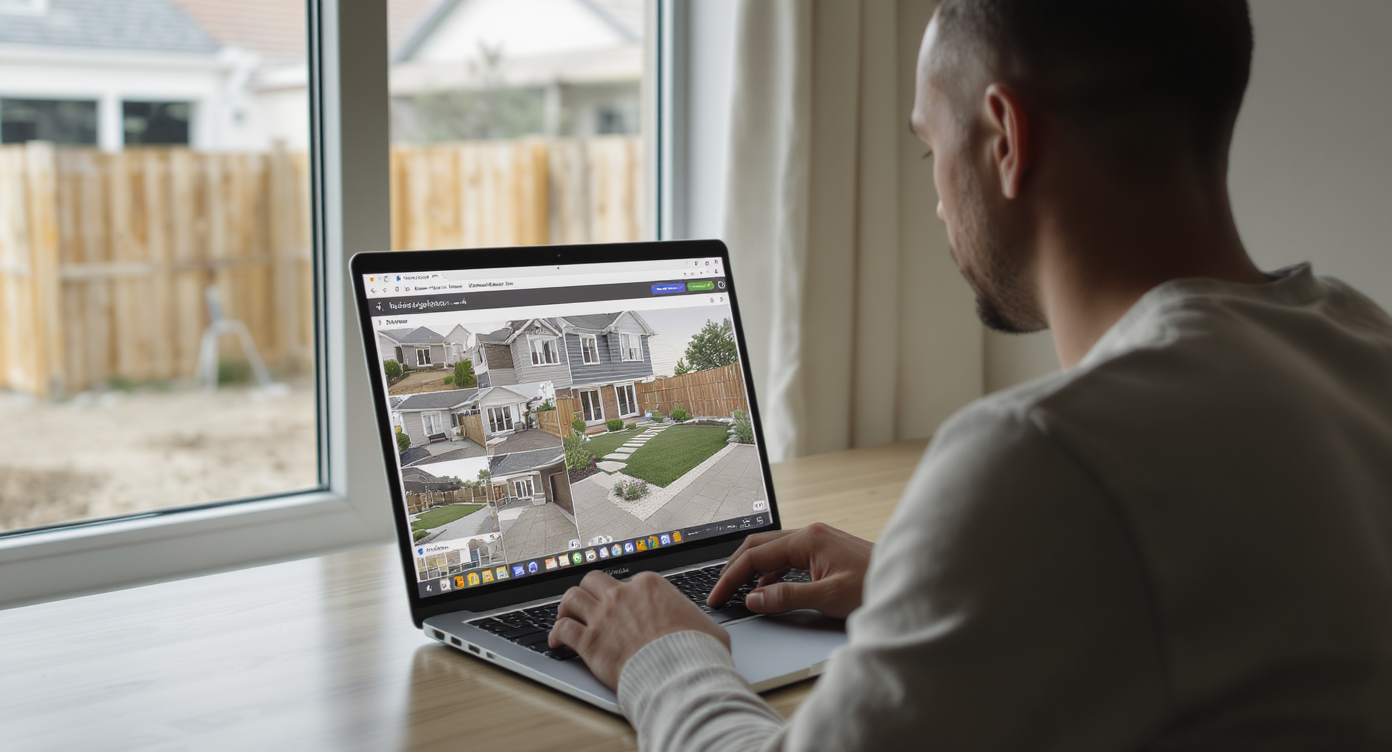
Test a backyard makeover in 10 minutes using ReimagineHome.ai’s easy photo upload and 3D visualization tools.
Step 1: 5 photos capture your exterior. Upload clear front yard and backyard shots—morning and late afternoon—to test hardscaping design, privacy planting, and curb appeal ideas. Step 2: 3 material options per surface clarifies decisions. Compare flagstone vs. paver vs. stone fines for a backyard patio or walkway and preview joints, color, and edge conditions. Step 3: 2 lighting passes show night character. Visualize 2700 K uplights on trees, 3000 K path lights at 12–18 ft spacing, and a dimmer plan for warm, layered scenes. Step 4: 1 click swaps structures. Toggle raised beds, an 8 ft trellis, or a small pergola; check sightlines from the kitchen door and neighbor windows. Step 5: 4 plant palettes stress-test maintenance. Model a pollinator-friendly garden design, a modern landscaping ideas scheme for small front yards, a native/xeric set, and a family-friendly lawn-plus-beds hybrid. Dive deeper: https://www.reimaginehome.ai/blogs/modern-small-front-yard-landscaping?utm_source=blog Bonus: Export a visuals-first plan you can hand to a contractor for accurate bids—or phase yourself with an affordable landscaping ideas timeline.
Visualization Scenario
Use ReimagineHome.ai to place a curved stone walkway from the back steps to a future seating node, widening it to 42 inches at pinch points. Add two 8-foot trellises to frame views, then test warm 2700 K uplights on a shade tree and subtle path lights every 14 feet. Swap plant palettes—native grasses, allium accents, and a tighter, low-water front yard design—until the composition feels both modern and maintainable.
8 quick answers homeowners search for: FAQ
Q: How much topsoil should I add over clay for new-construction landscaping? A: 4–8 inches in planting beds and 2–4 inches in lawn zones, blended lightly into the native layer, is typical. One DIY project used 80 yards to reset an entire quarter-acre. Q: What’s the ideal width for walkway ideas along a house or to a shed? A: Primary routes should be 36–48 inches; service paths can be 30–36 inches. Wider turns matter for wheelbarrows and strollers. Q: Are raised garden beds better with open bottoms? A: Yes—open bottoms over gravel with geotextile-lined sides improve drainage and root depth. A 10-inch base of logs (hugelkultur style) saves soil and retains moisture. Q: What does concrete edging cost in a front yard makeover? A: Many markets see $6–$12 per linear foot; $8/LF is a common figure. It crisps bed lines and reduces string-trimmer damage. Q: Solar vs. low-voltage for outdoor lighting design—what’s best? A: Solar is budget-friendly and cordless, but low-voltage at 2700–3000 K offers consistent brightness, better optics, and safer night navigation. Q: How tall should a privacy trellis be near a fence? A: 7–8 feet above grade blocks typical second-story sightlines; sink posts 24 inches for stability and plant climbers to soften mass. Q: How long do privacy hedges take to mature? A: Expect 3–5 years for many shrubs to knit into a screen; start with staggered rows for faster coverage. Q: What’s a smart phasing plan for an under-$20k backyard makeover? A: Year 1: soil remediation, primary hardscapes, and trees. Year 2: raised beds, lighting, and layered planting. Get the full playbook: https://www.reimaginehome.ai/blogs/affordable-backyard-makeover-phasing?utm_source=blog
1 link unlocks unlimited exterior concepts—visualize before you plant: Visualize Your Home’s Next Chapter
Move from inspiration to clarity by iterating quickly in ReimagineHome.ai, then build in stages: hardscape first, trees next, and seasonal planting last. When the sun drops and your path lights glow against stone, you’ll be glad you designed it with intention.
.svg)

.svg)

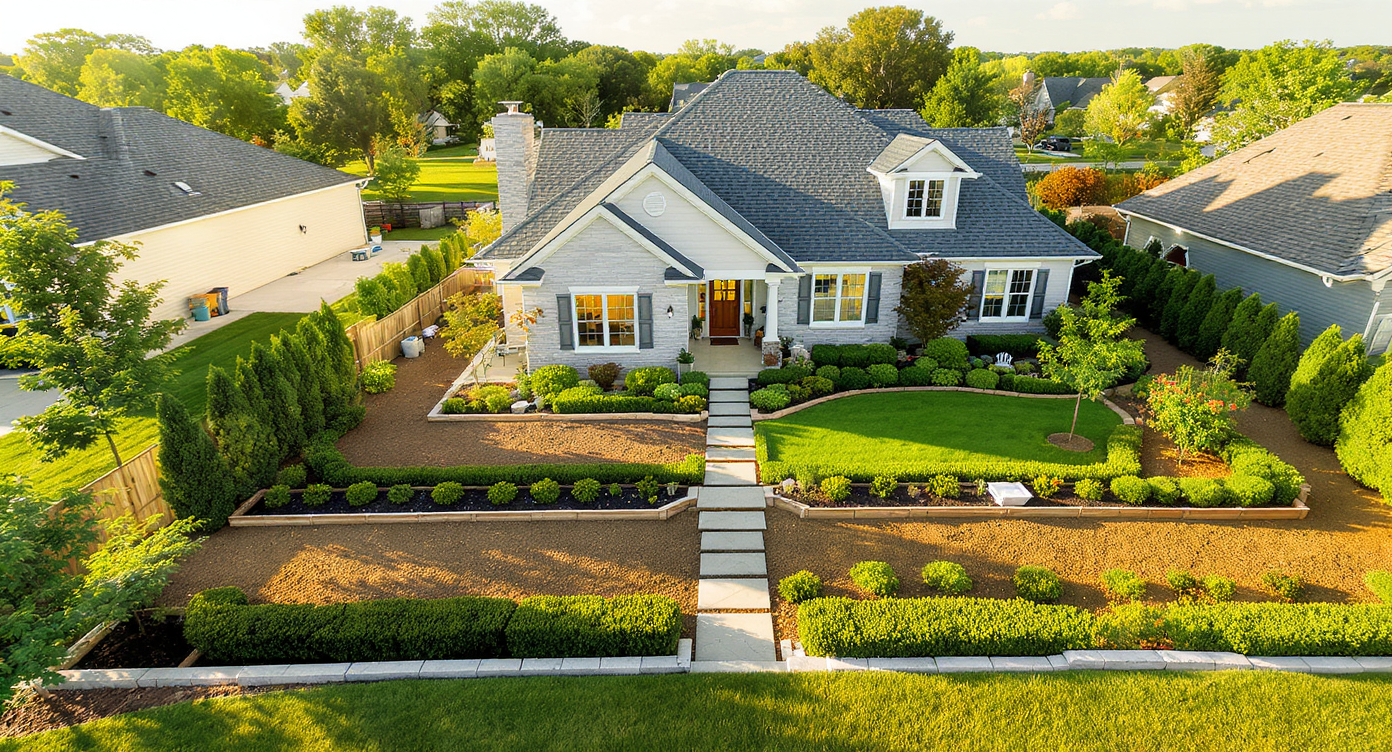
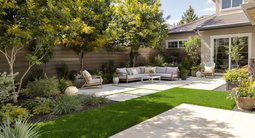
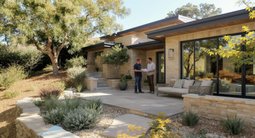


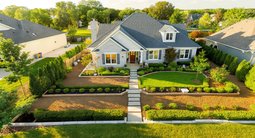
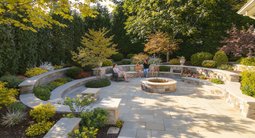


.png)